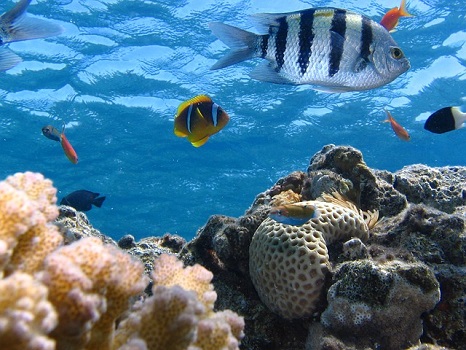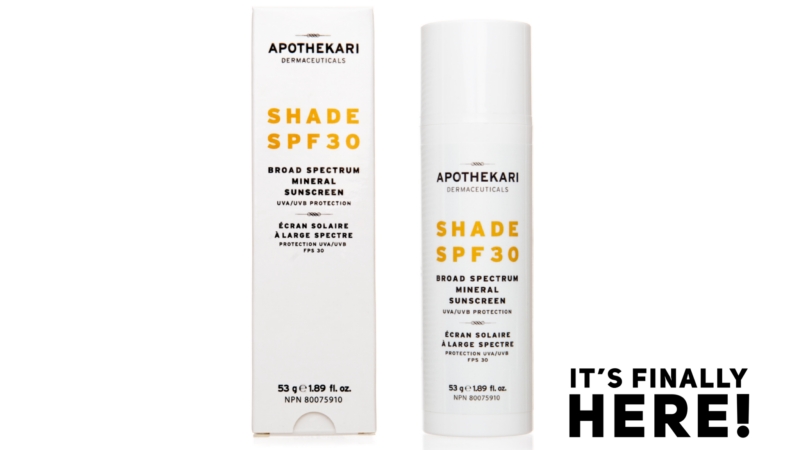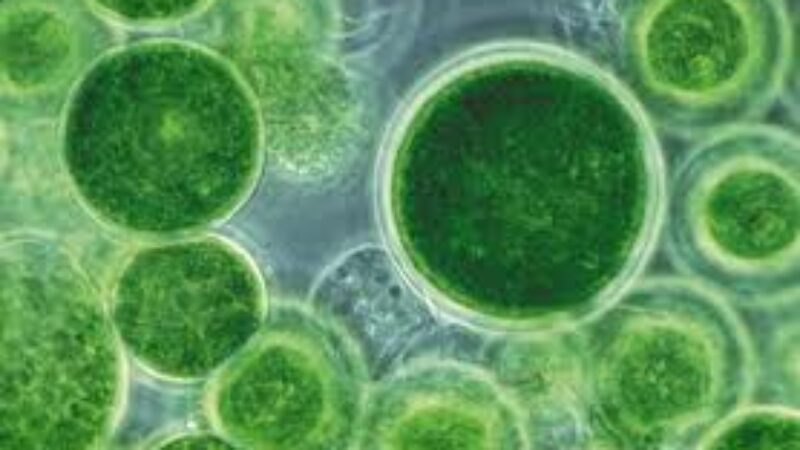In keeping with the current trend of more natural products, scientists tasked with developing more eco-friendly sunscreens were recently inspired by the inherent sun protection of ocean dwellers. They noted that fish and aquatic plants are constantly exposed to UV light while remaining undamaged by the sun’s harmful rays.
In an extreme example of thinking outside the box, scientists have taken amino acids from algae, which act as natural sunscreen, and combined them with chitosan, a sugar molecule from crustacean shells, as the basis for a potentially new variant of sunscreen. While the amino acids from algae provide the protection, the chitosan acts as a carrier for ease of application. Tests have so far shown that these two materials work well together to withstand heat and light and were able to absorb both UVA and UVB rays to a surprisingly high degree. Researchers see potential for use not only on humans, but also other items that are exposed to the sun, such as clothing and outdoor products.
Researchers also have a more altruistic goal. While many commercial sunscreens on the market today are not considered biodegradable and can potentially have serious impact on marine animals, plants and coral reefs, scientists hope that an algae-based sunscreen will be able to address concerns that protecting humans from harmful UV rays is directly threatening the delicate balance of the ocean’s ecosystem.
Although it may be a number of years before we see any algae sunscreen on the shelves, algae already plays a key role in Apothekari’s A is for Anti-Aging retinal serum where it acts as a natural UVA-screening compound to protect the skin against photo-aging.
Scientists may be on to a good thing. After all, I’ve never seen a fish with sunburn. Have you?




